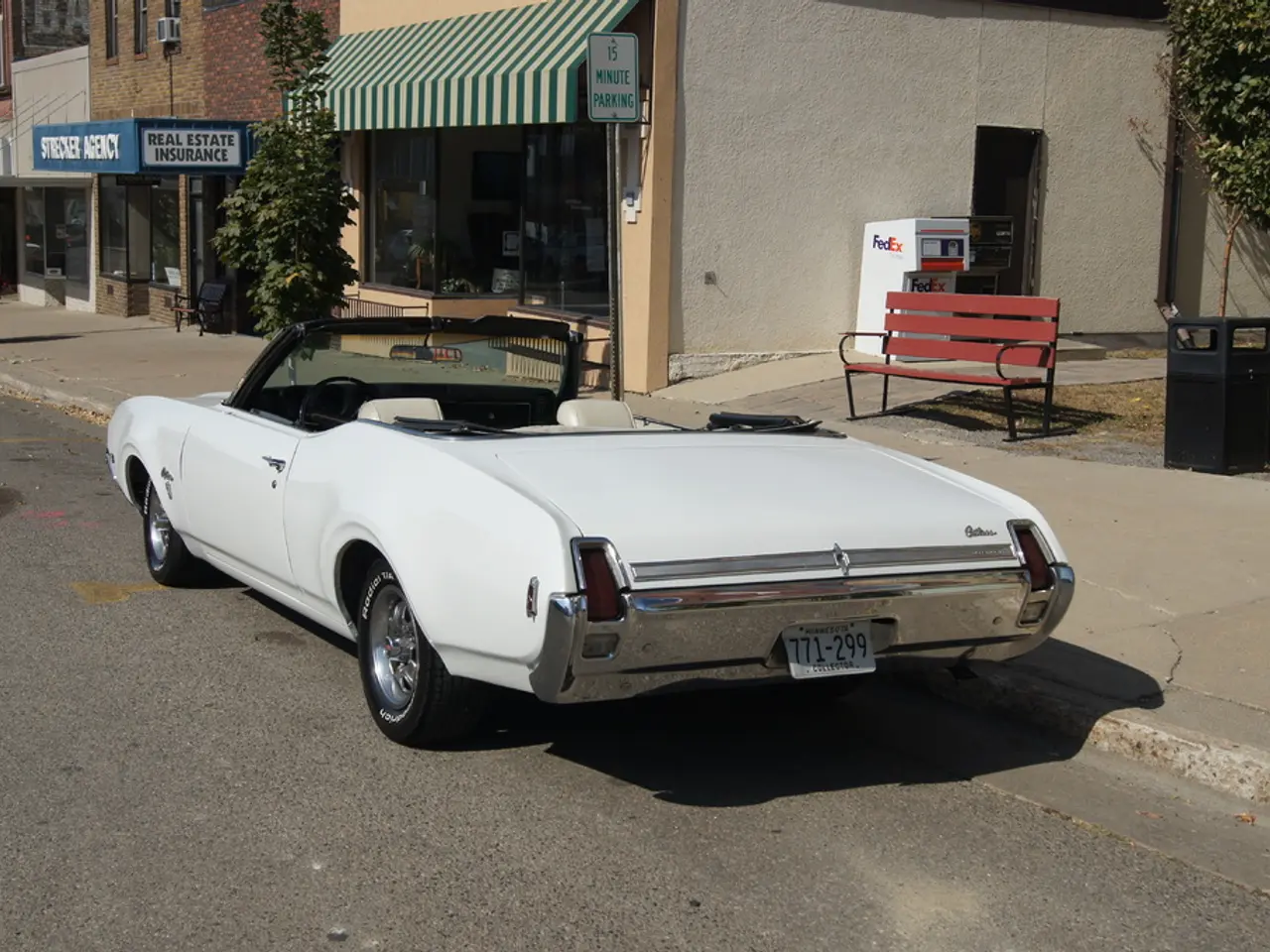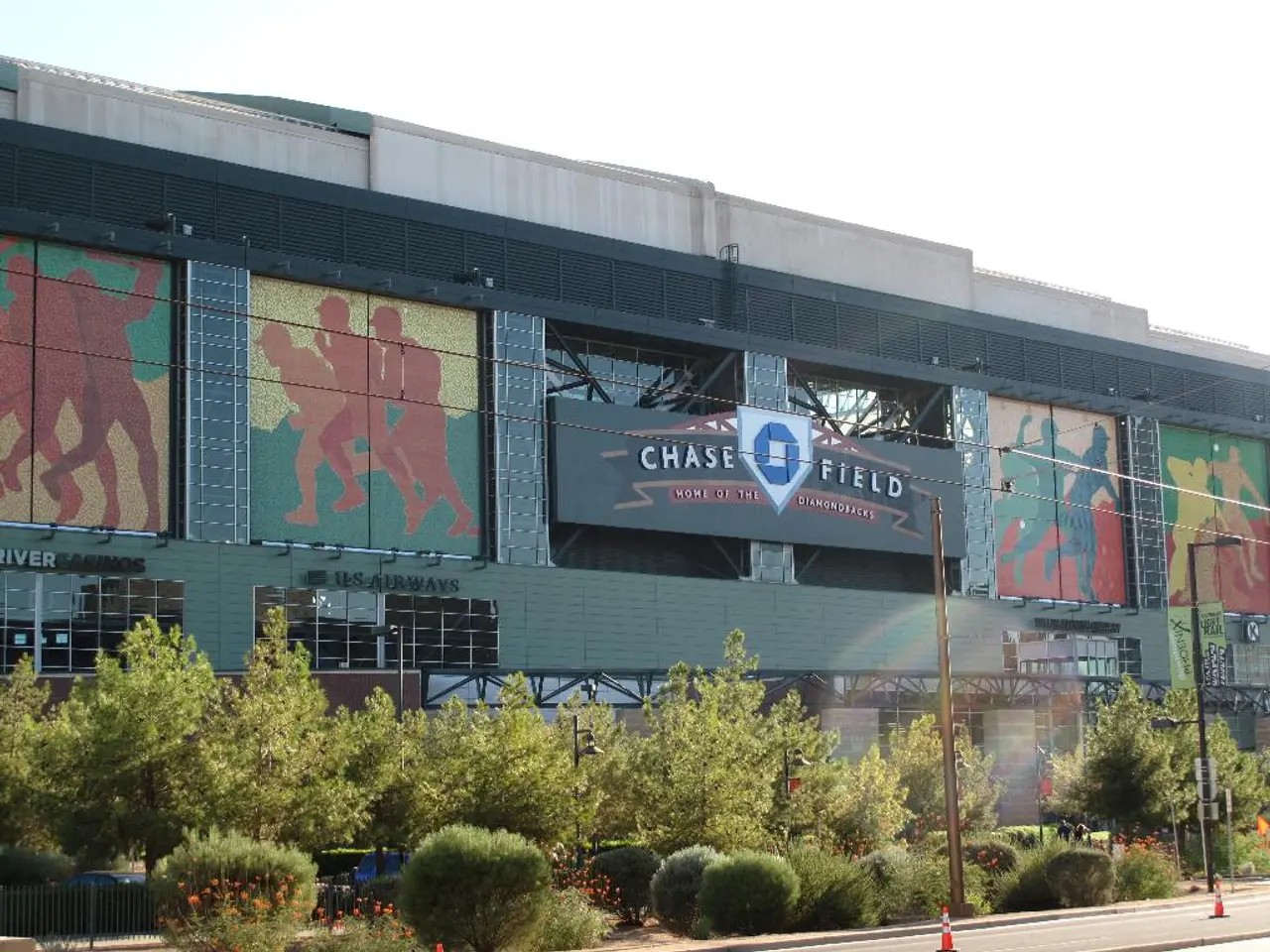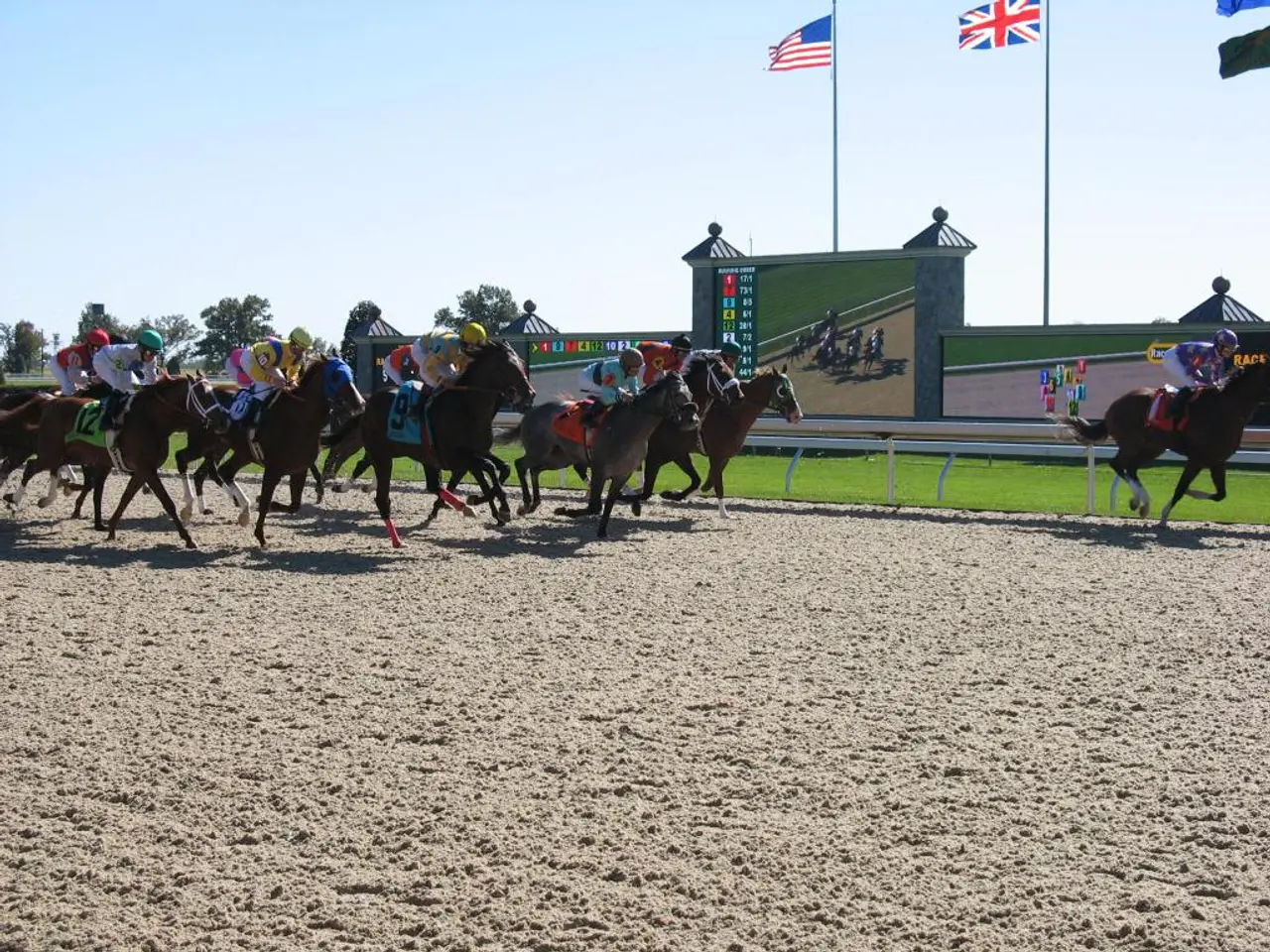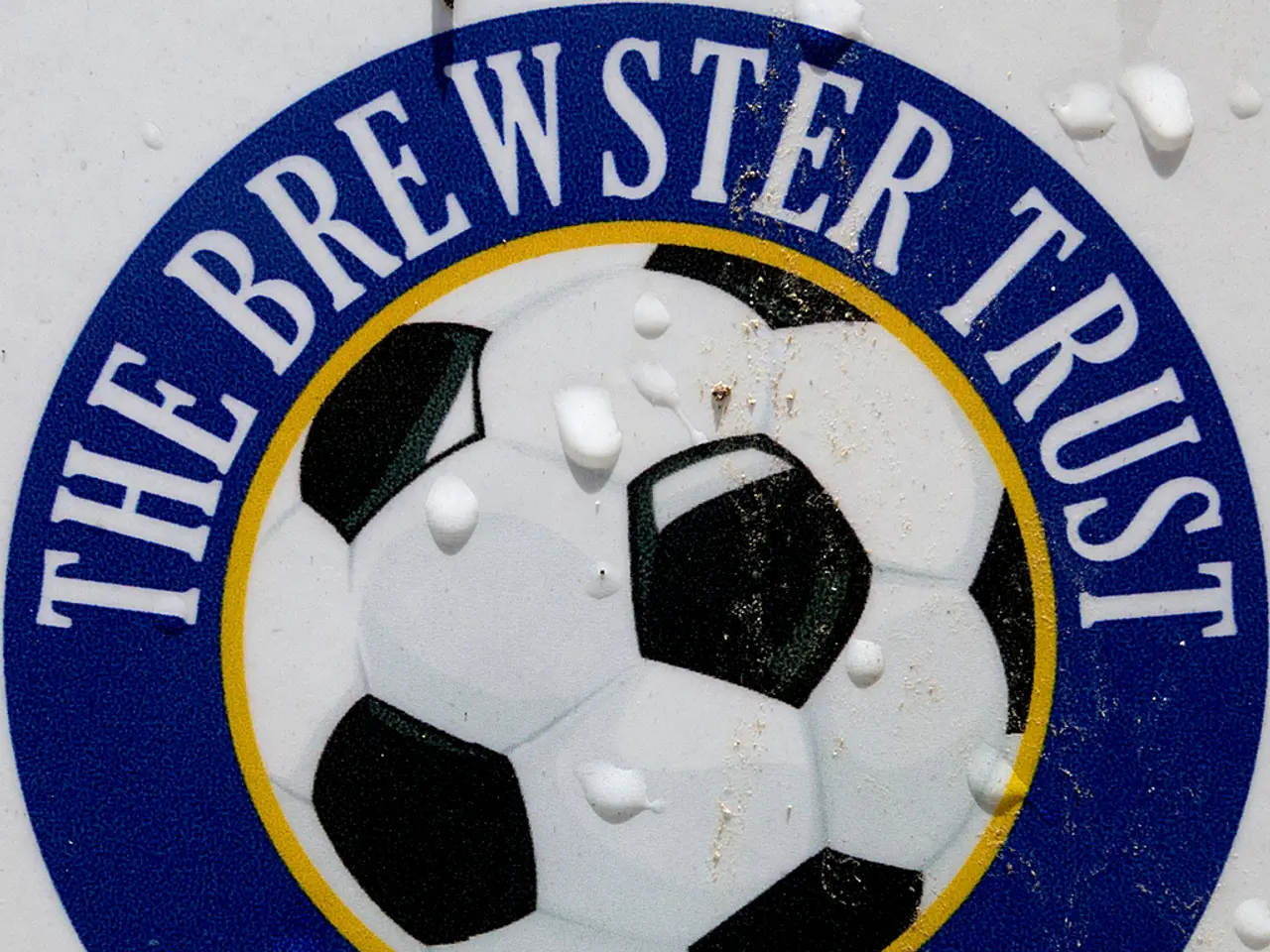Insurance for home and landlords: What's its value in protecting assets?
For co-ownership associations such as homeowners associations (HOAs) or co-operatives, selecting the right liability insurance is crucial. Here's a comprehensive guide on what to look for:
## Mandatory Coverages and Minimum Requirements
Co-ownership associations must have several mandatory insurance coverages to protect them from various liabilities. These include:
- **General Liability Insurance:** This is essential and protects the association from lawsuits due to injuries or accidents in common areas. Coverage minimums vary by jurisdiction and association size, with California requiring at least $2 million for HOAs with 100 or fewer units and $3 million for larger associations. - **Directors & Officers (D&O) Insurance:** This protects board members from personal liability claims related to their management decisions. California mandates at least $500,000 for smaller associations and $1 million for larger ones. - **Fidelity Bond/Crime Insurance:** This covers theft, embezzlement, or fraud by employees or board members. Coverage should equal or exceed the association’s reserves plus three months of regular assessments, including protection against computer and funds transfer fraud. - **Property Insurance:** A master policy should cover damage to common areas and structures (e.g., clubhouses, pools, sidewalks). The coverage amount depends on the property’s value, amenities, and location. - **Workers’ Compensation:** This is required if the association has employees.
## Additional Coverage Needs
Beyond the mandatory coverages, associations may also need supplemental policies to protect against additional risks. These include:
- **Natural Disaster Coverage:** Standard policies often exclude earthquakes, floods, and wildfires. In high-risk areas, separate policies for these perils are strongly recommended. - **Cyber Liability Insurance:** This protects against data breaches and cyberattacks, especially important for associations handling sensitive resident information. - **Boiler and Machinery Coverage:** For associations with complex mechanical systems (e.g., elevators, HVAC). - **Unit Assessment (Loss Assessment) Coverage:** For individual owners, this covers special assessments levied after damage to common areas. - **Umbrella Liability:** This provides additional liability protection above standard policy limits.
## Tailoring Coverage to Your Association
To find the best liability insurance for a co-ownership association, start with the mandatory coverages required by law and your governing documents. Then, assess the unique risks your community faces—such as natural disasters, cyber threats, or high-value amenities—and consider supplemental policies to fill those gaps. Regularly review your coverage with a knowledgeable broker to ensure ongoing protection as your association evolves.
## Common Pitfalls to Avoid
- **Underinsurance:** Failing to account for rising property values or new risks can leave the association exposed. - **Overlooking Exclusions:** Many policies exclude certain perils (e.g., floods, earthquakes) that may require separate protection. - **Ignoring Board Liability:** D&O insurance is critical to protect volunteer board members from personal financial risk. - **Neglecting Cyber Risks:** Even small associations can be targets for cybercrime.
## Summary Table: Essential Coverage Types
| Coverage Type | Typical Requirement | Notes | |------------------------------|-------------------------------|----------------------------------------------------| | General Liability | Mandatory, $2–3M+ | Varies by size/location[1] | | D&O Insurance | Mandatory, $500K–$1M+ | Protects board members[1] | | Fidelity Bond/Crime | Mandatory, ≥ reserves + 3 mo. | Includes cyber fraud[1] | | Property (Master Policy) | Mandatory | Covers common areas[3][4] | | Workers’ Compensation | If employees | For staffed associations[1] | | Earthquake/Flood/Wildfire | Optional, but critical | Excluded in standard policies[1][2] | | Cyber Liability | Optional, increasingly vital | For data protection[1][3] | | Umbrella Liability | Optional | Extra liability protection[2] | | Unit Assessment (for owners) | Optional | For special assessments[2] |
## Final Recommendations
In conclusion, to find the best liability insurance for a co-ownership association, start with the mandatory coverages required by law and your governing documents. Then, assess the unique risks your community faces and consider supplemental policies to fill those gaps. Regularly review your coverage with a knowledgeable broker to ensure ongoing protection as your association evolves.
In light of the advice for co-ownership associations, it's important to consider additional insurance coverage such as natural disaster coverage for high-risk areas and cyber liability insurance for data protection, especially when dealing with sensitive resident information. Moreover, supplemental policies like umbrella liability can offer extra liability protection, serving as a crucial safety net for the association.






